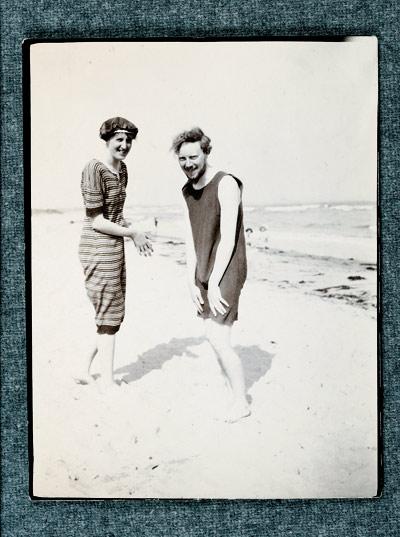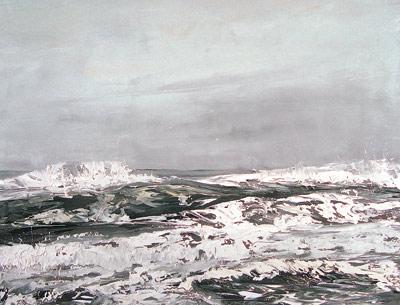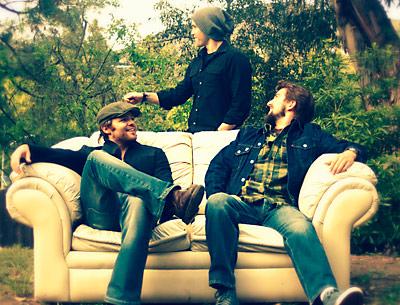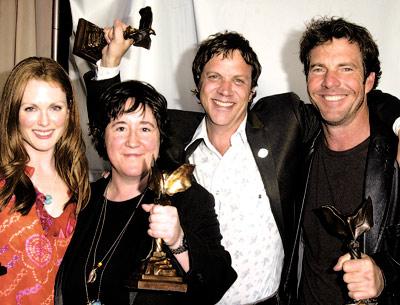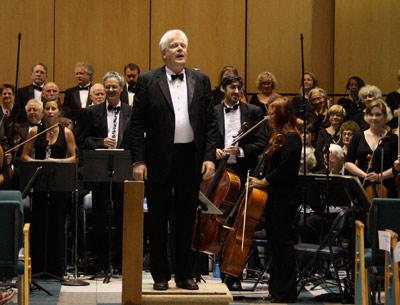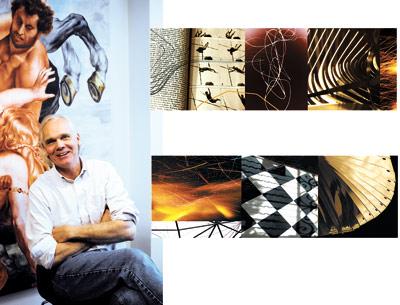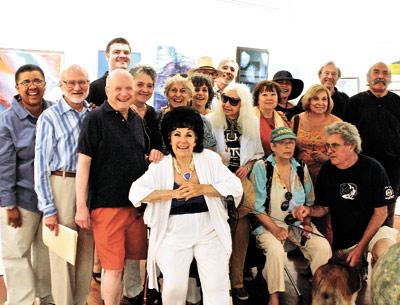Monica Banks: Matters of Life and Death
Monica Banks: Matters of Life and Death
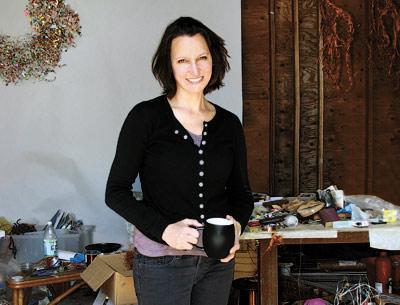
It was a Thursday afternoon, and Monica Banks was home listening to NPR. But it could have been any day, really, as long as she was at work in her East Hampton Village studio or in the workroom she keeps in her house.
The fact that the artist works to the jumbled sounds of nations crumbling, world economies sputtering, talking heads debating health care reform, or, perhaps in lighter moments, the poignant oral histories of “Storycorps” resonates in her artistic output and seems to urge her along in her practice.
While it can be seen literally in her recent series “Backstory,” it manifests itself in her “Cloud” sculptures, too, with their random yet obsessively attached doodads and whoziwhatzits: a tangle of buttons, dead insects, plastic mini-figures she has reformed into Centaur-like juxtapositions, and all manner of junk drawer marginalia. The “Clouds” are beautiful and sad in their colorful maximal-ism just as the stark white mini-figures of “Backstory” are in their minimal way.
Speaking about “Backstory” recently at her house and studio, she said she was moved to begin the series after the earthquake in Haiti, and hearing about the dead bodies, the mass graves, and the disease and devastation on that island.
If she is influenced by current events in that series, it is history she mines for the other. The “Clouds” come from “boxes of stuff from my childhood room and then I process my childhood with my current life with things like dog hair and dryer lint.”
The artist is still pursuing both series, and she has another one in development. Yet the themes in “Backstory” seem to have the most resonance for her, no doubt for their strong emotional impact and as a way “to figure things out.” The themes of Haiti echo in many news stories past and present from Syria, Bosnia, Rwanda, to New Orleans after the hurricane, even the death toll of AIDS, she said. “I became compelled to make these tiny bodies.”
First they were just piles assembled in shadow boxes in the manner of a mass grave. The bodies were generalized with few discernible features. “There’s a transition now from less piles of figures to fewer, but more in agony.” She realized recently that the change in approach was inspired by the Pompeii exhibit brought to New York in 2011 and the casts of dead bodies in the last gasp of their lives.
“You often don’t know what your influences are until you realize it as you’re working. Then you think, ‘Oh, of course, that moment of life and death, that agony, that’s even more compelling.’ That was a turning point for me.” These figures are collaged on a board, as a relief, but she also organizes them in ways inspired by some of her favorite painters. Jasper Johns’s “Target” series and Mark Rothko’s layered color planes are some of her sources. The figures can be long and lean, short and stout, or any combination in a variety of poses, all evoking pain of some kind. “We always want to tell ourselves that people rest in peace, but it’s hard to buy sometimes.”
Still another manifestation of the same theme is a group of works she has done that are just fragments of those figures, very small body parts or bones, too tiny and generic to be mentally catalogued, as in this is an arm here, or a jawbone there, but utterly recognizable when seen as part of the series. They are the same bodies, but just breaking down and fading from our view and memory over time.
The idea of all these dead forms sounds disturbing or even creepy at first pass, but the actual execution is beautiful and full of humanity and reverence. She works in white clay for the figures and gray backing, which is somber and pure. “The material and scale came completely out of emotion. I didn’t set out to do anything visually, it came out of feelings of helplessness” that arose from her reaction to these tragedies.
Along with the grander worldview, there is a personal side as well to the emotion they bring to the viewer. “It goes from the political to the personal. We’re not all teetering between life and death, but we all feel pain. I was trying to dignify the anonymous victims of natural and human-caused disasters and sanctify the pain we all feel as part of life. . . . It’s why the figures are so small and in a box and protected. They’re important.”
Ms. Banks was doing completely different work in steel only a few years ago. She still has some works in progress in her studio, but the clay work has brought a new dimension to her sculpting. “I bought the clay because I wanted to try something different that I was not comfortable with. . . . Clay is a different sensation than steel where you’re always wearing gloves and have to be careful with a torch.”
The hands-on feeling and its primordial nature appealed to her. She had purchased the clay before the earthquake and was working on figures as a reaction to the health care reform debate, after hearing stories of people getting sick and how the existing system failed them. They were larger figures then, but the same suffering, injustice, and cruelty she felt listening to those stories translated rather easily to the next phase of her explorations of human trauma.
As the artist revealed her work in the workroom in her house and on the walls of her living area, a hanging mini curtain on the wall of her dining room attracted attention. The piece, two feet or so square, looked from afar as if it were made from mica sheets or some other thin, translucent substance. Up close however, it became immediately obvious that they were actually teeth on 256 little rectangles of X-ray film joined to each other by wire and then attached to a hanging rod.
They are simultaneously beautiful, mysterious, elemental, sad, and eerie and are another natural extension of the artist’s aesthetic as well as the themes of “Backstory.” Called “Remains,” these were quite new works, just begun in the spring. She started collecting them a few years ago when she saw her dentist’s office throwing out the old films as they went digital. “I just said no, I have to have them. They are so evocative.”
She said at first she wasn’t sure how they related to the other work, but she remembered the stories of teeth being pulled from the victims of the Holocaust and she thought that the white clay she was working in also looked like teeth. She acknowledged that teeth are often used to identify victims of accidents and disasters who might not be able to be identified in other ways. “It makes everyone special and different, an identifying feature.”
She is still working on the other series and there were examples of works in progress in the house.
Of the X-ray films, she has started to cull the children’s teeth images for a piece featuring just them. “That’s even more powerful to me, the idea of little children and being exposed to radiation.”
The films feel to her “like a natural progression. Without the context they are probably not as powerful, but they still work on their own.” She had the films for a couple of years before she knew what to do with them. “They’re funny but disturbing, intimate, and anonymous, but I never thought beforehand, ‘Oh gee, if I can only get my hands on a few thousand dental X-rays.’ ”

